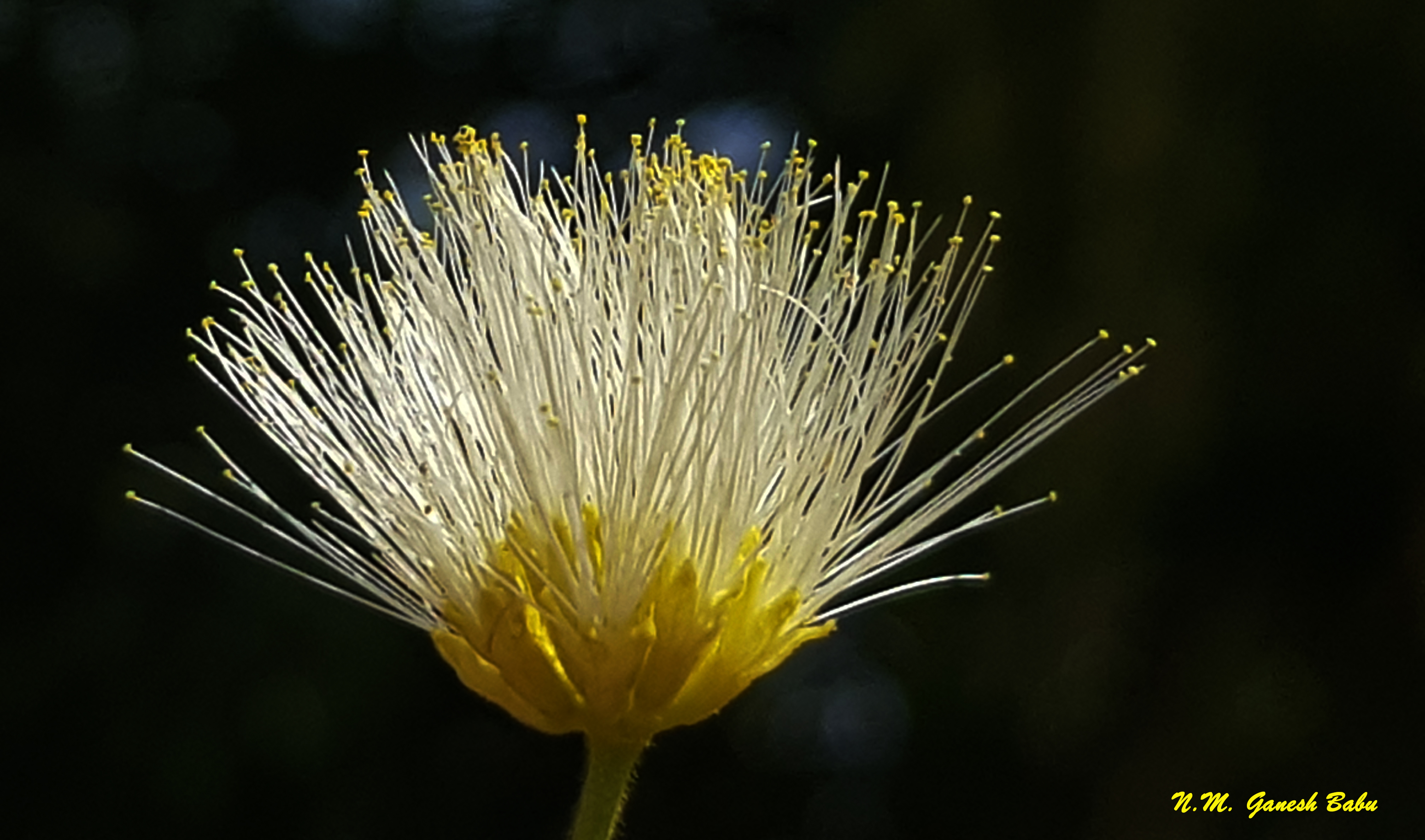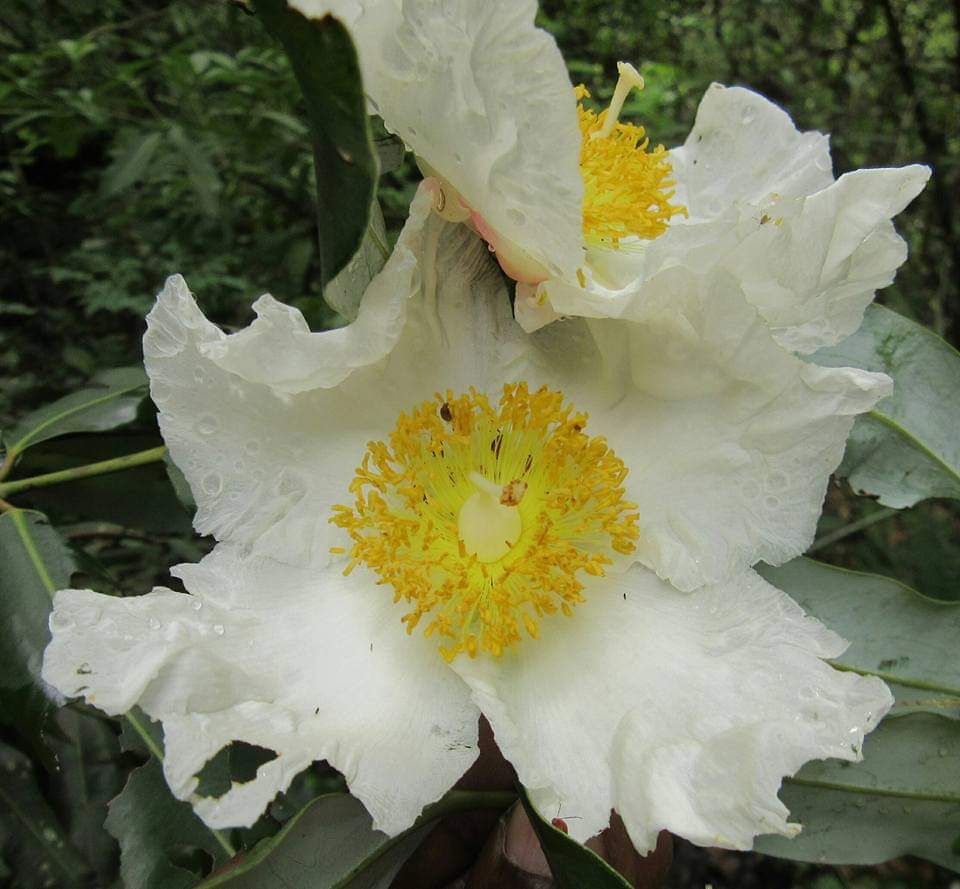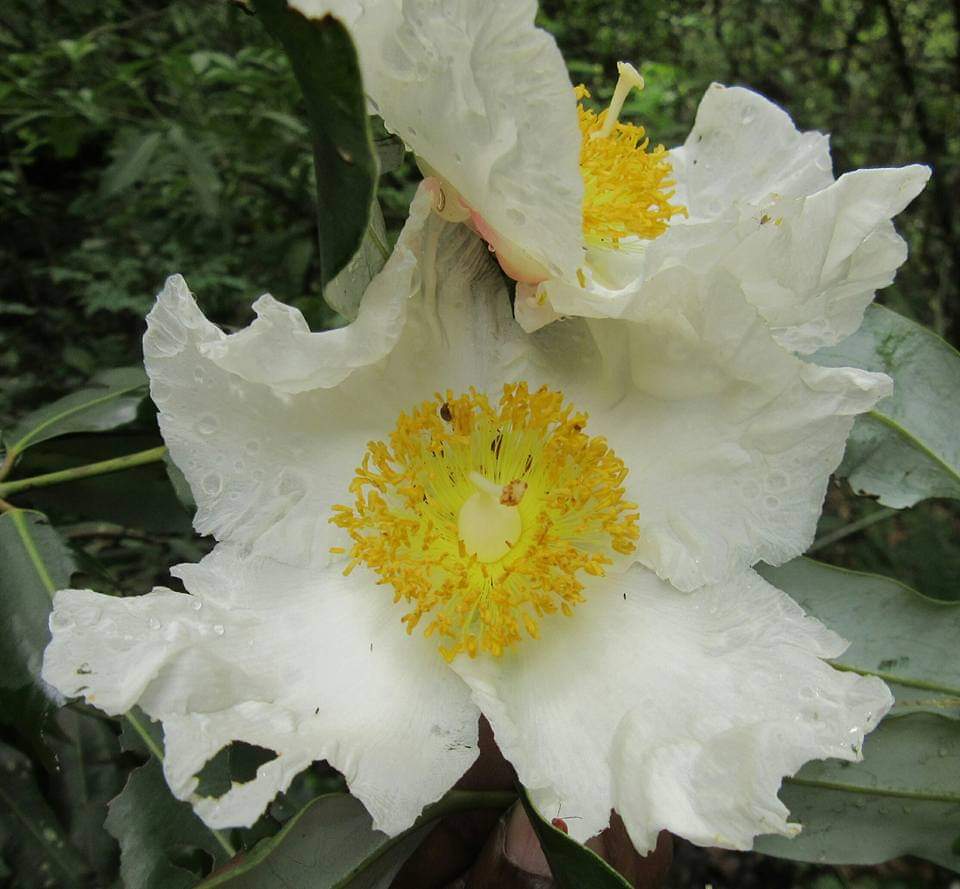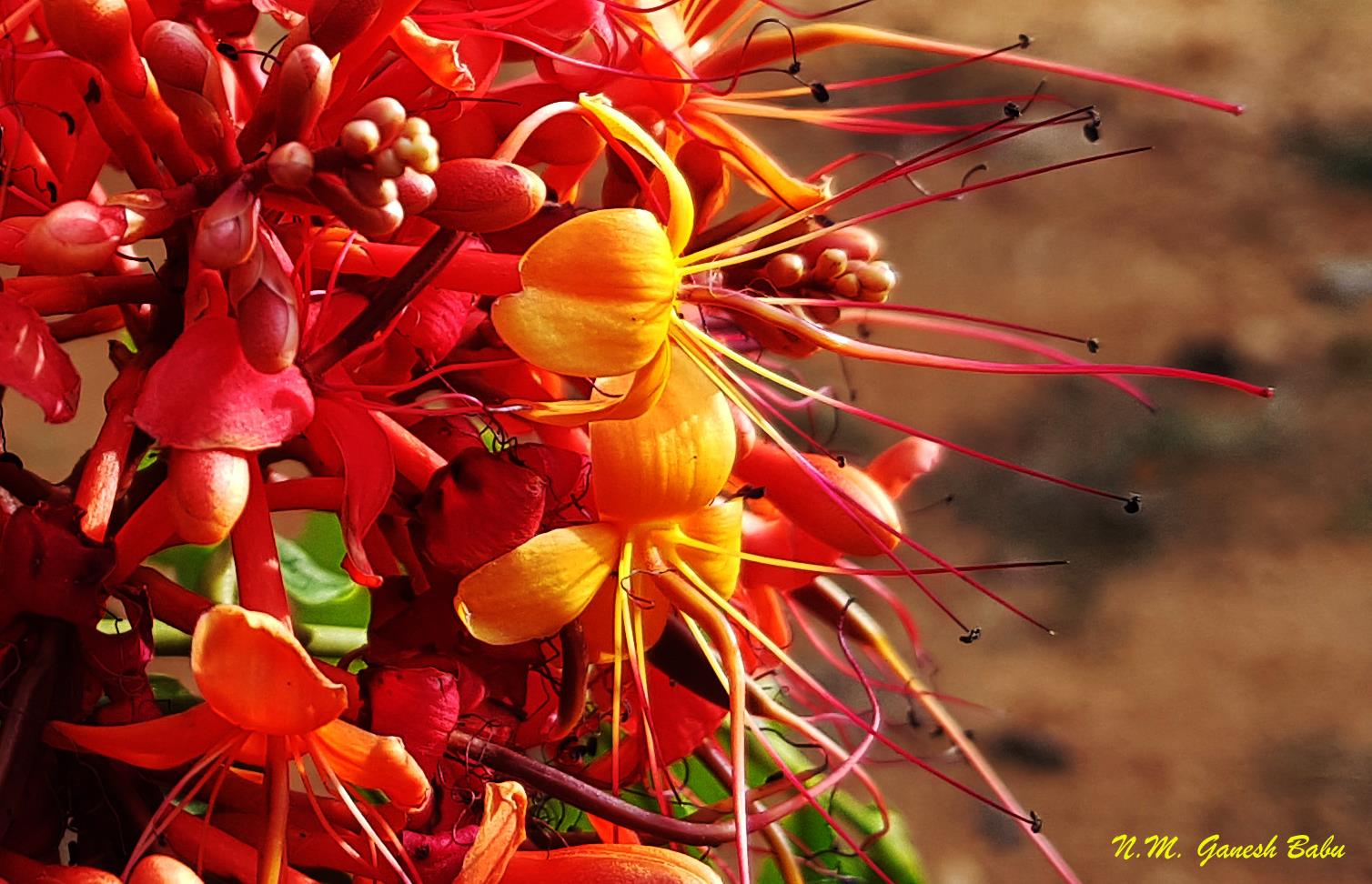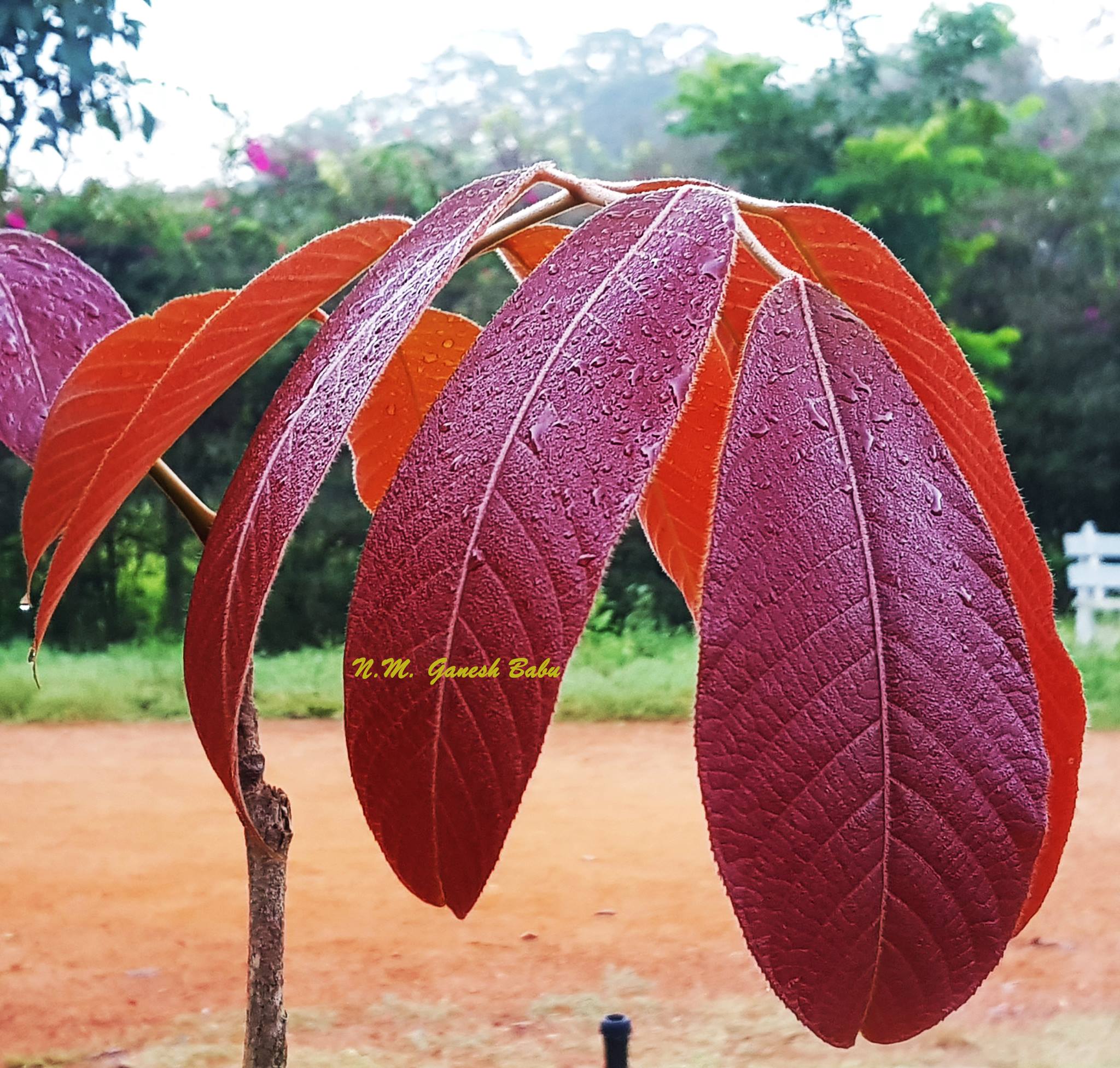

Mallotus philippensis
Trees Trunk fluted; bark brownish, fissured; blaze purplish brown. Young branchlets terete, grey pubescent. Leaves simple, alternate, spiral. Flowers unisexual, dioecious, in terminal spikes. Capsule, globose, densely red glandular; seeds black, 1 per cell.
Botanical Name | Mallotus philippensis |
Family | Euphorbiaceae |
Sanskrit name | Kampillaka |
English name | Dyer's rottlera, Monkey face tree, scarlet croton |
Hindi name | kamala, raini, |
Kannada | Kumkumada mara |
Habit | Tree |
Habitat | Common in evergreen forest, especially in secondary forest, and sometimes even dominant in the undergrowth. It also occurs in scrubby vegetations and on open rocky ground |
Plant Description | Trees Trunk fluted; bark brownish, fissured; blaze purplish brown. Young branchlets terete, grey pubescent. Leaves simple, alternate, spiral. Flowers unisexual, dioecious, in terminal spikes. Capsule, globose, densely red glandular; seeds black, 1 per cell. |
Distribution | South East Asia |
Part Used | Bark, leaf, fruit. |
Medicinal uses | Used in skin diseases, worm infestation, renal calculi,retention of urine, wounds, diarrhoea to prevent miscarriage |
Ecological significance | Host plant for Tailless lineblue, Common lineblue, Chestnut-streaked sailer, Tricolour piedflat. |


